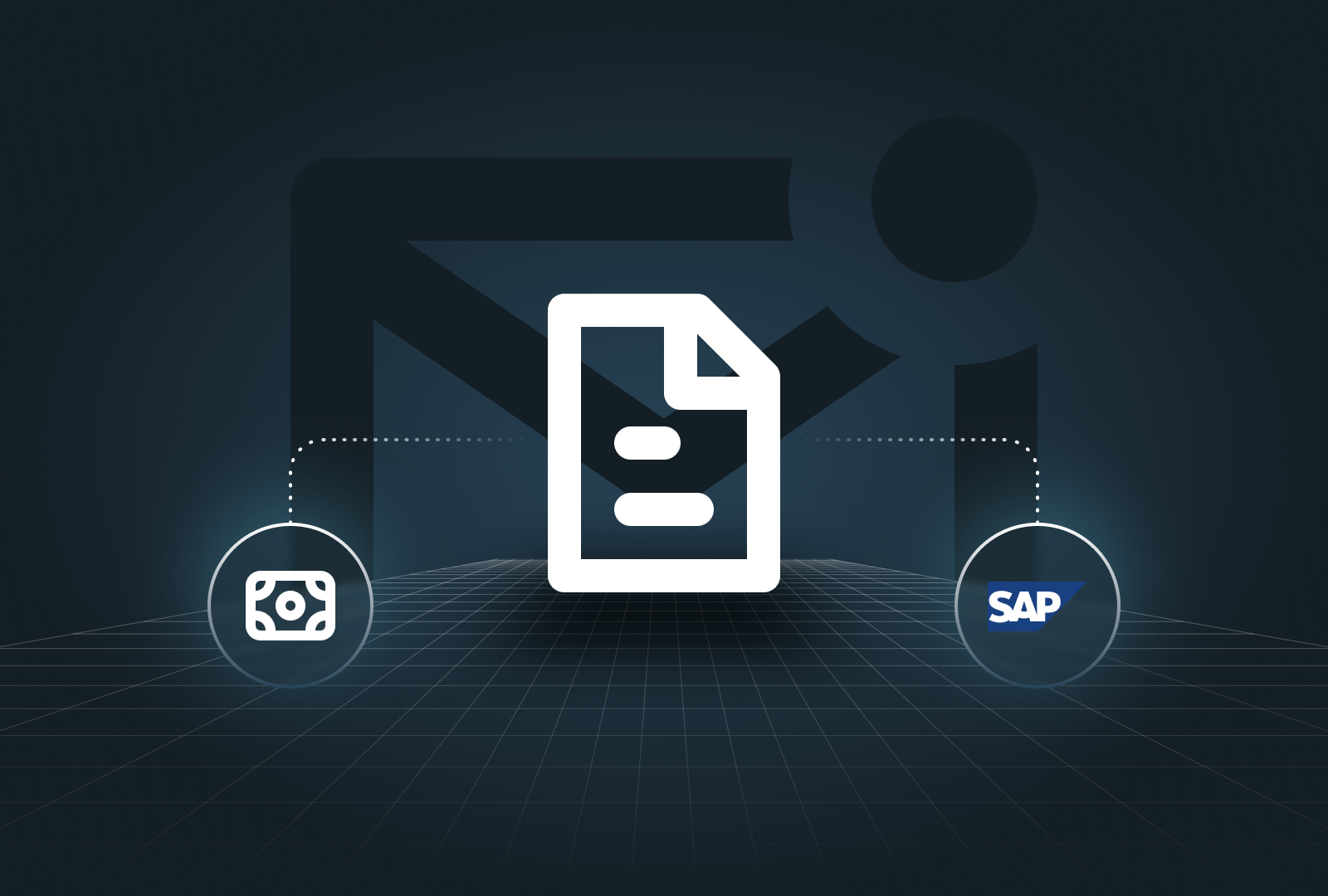Managing cash is the backbone of every successful business. Ensuring proper cash flow management can mean the difference between smooth operations and financial disruption. By mastering cash management solutions, companies can avoid liquidity issues, strategically invest, and prepare for future growth.
What is cash management?
At its core, cash management involves handling a company's cash inflows and outflows to maintain sufficient liquidity while maximizing the value of idle cash. In essence, cash management services help businesses monitor their cash flow statement, ensuring they have enough funds to cover current liabilities and invest in growth opportunities.
For example, if you are using real-time data, tracking tools may reduce unnecessary deposits into low-interest accounts. You should invest those funds in higher-yielding opportunities like money market mutual funds.
Key components of cash management
Effectively managing cash requires a mix of short-term planning and long-term financial strategy. Here are the key components to help your business succeed.
Cash flow forecasting
Cash flow forecasting is essential for predicting future cash inflows and outflows. By accurately forecasting, businesses can plan for potential shortfalls or surpluses. For instance, a company might predict a dip in cash flow during the off-season, allowing it to secure financing in advance or adjust spending to avoid liquidity problems.
Liquidity management
It is important for a company to have sufficient liquidity to cover its day-to-day needs. Businesses must manage their bank account balances and current assets to avoid running into cash shortages. A smart liquidity strategy might involve keeping enough in checking accounts for daily expenses while investing excess funds into money market accounts to gain interest.
Cash optimization techniques
Optimizing cash involves reducing unnecessary expenditures and ensuring that any funds are put to good use. Techniques like automated clearing house (ACH) payments, where payments are cleared automatically and more efficiently, or positive pay systems to avoid fraud, can save your business time and money.
Working capital management
Working capital management focuses on ensuring the balance between a company's current liabilities and current assets. Proper management helps businesses cover their short-term obligations and provides opportunities to reinvest in their growth. Companies that reduce their accounts receivable collection period can see a significant improvement in their cash flow.
Risk management
Financial risk management is central to any business that handles large volumes of incoming and outgoing funds.Companies can use fraud detection systems such as positive pay to check transactions before they are approved. This system is particularly useful for handling large-scale payments, where a single error can result in significant financial losses.
Corporate cash management solutions
To efficiently manage cash, companies today turn to automated tools and cash management systems that provide greater visibility and control over their financial operations.
Software and tools for cash management
Automated cash management solutions help businesses keep track of their cash inflows, cash outflows, and liquidity positions. For example, using systems like Kyriba or Oracle can integrate with your bank accounts and give you immediate insights into your financial status. This ensures that your cash flow forecast is always up-to-date.
Automation in cash management
By automating processes like accounts receivable, accounts payable, and payment processing, companies can reduce human error and increase efficiency. Automating cash management tasks like reconciliations and variance analysis can cut costs by up to 20%. This frees up time for financial teams to focus on strategic decisions rather than manual tasks.
Strategies for effective cash flow management
Implementing effective cash flow management strategies is key to a healthy business.
Short-term and long-term investment strategies
Short-term investments like money market accounts provide liquidity and a safe return on cash. Conversely, companies can opt for higher-yield options such as bonds or securities. For example, a business might decide to place surplus cash in a FDIC-insured account for security while planning for long-term capital expenditures.
Debt management
Proper debt management ensures that companies can meet obligations without harming cash flow. For example, a company might refinance its debts to reduce interest rates, freeing up cash for other purposes. A well-managed business should aim to balance debt and cash flow to maximize its financial flexibility.
Budgeting and forecasting
Budgeting allows companies to allocate cash effectively, ensuring that they can cover operating expenses while still planning for future growth. Cash flow forecasts based on accurate data enable companies to predict and manage their financial needs. For instance, a well-prepared budget can identify potential cash flow issues before they arise.
Receivables and payables management
Efficient management of accounts receivable and accounts payable is crucial to maintaining a healthy cash flow. By speeding up receivables and negotiating longer payment deadlines with suppliers, businesses can keep more cash on hand. Automating these processes can reduce delays and improve the overall cash management system.
Challenges in cash management and how to overcome them
While cash management is critical, it also comes with its share of challenges. Companies must be proactive in addressing these issues to stay financially healthy.
Common pitfalls in cash management
One common challenge is underestimating future cash flows or relying on outdated cash flow statements. Regularly updating cash flow forecasts and incorporating instantaneous data from your bank accounts helps businesses avoid unexpected shortfalls.
Risk management in cash operations
Handling large volumes of cash exposes businesses to risks such as fraud or mismanagement. Implementing systems like positive pay can protect against fraudulent transactions. Additionally, regularly auditing cash management solutions can help identify any vulnerabilities in the process.
Real-time monitoring and reporting
Having actual time data on your cash flows enables businesses to react quickly to unexpected changes in their financial situation. By using automated cash management systems, businesses can get instant visibility into their liquidity position and make adjustments accordingly.
Integrating technology in cash management
Integrating modern technology into cash management services allows businesses to streamline operations and improve accuracy. Cash management systems that provide real-time updates and predictive analytics can help companies make data-driven decisions. For example, an AI-powered system could predict a cash flow shortfall weeks in advance, giving a company time to secure additional funding.
The future of cash management
As technology continues to evolve, so does the future of cash management. Businesses that embrace these changes will be better prepared for the challenges and opportunities ahead.
Trends in cash management
Automation, fintech, and real-time data tracking are transforming cash management into a more dynamic and efficient process. Companies are increasingly adopting digital platforms that provide greater visibility and control over their cash flows.
The impact of fintech and digital transformation
Fintech innovations are making cash management solutions more accessible and efficient for businesses of all sizes. By leveraging digital transformation, companies can reduce operational costs and improve cash flow management. For instance, integrating digital platforms can cut processing times by up to 40%, allowing businesses to focus on growth.
Mastering cash management is essential for any company aiming for financial stability and long-term success. By implementing these strategies, leveraging automation, and staying ahead of emerging trends, businesses can maintain strong cash flows and prepare for a prosperous future.
Sources:







.png)





.png)



